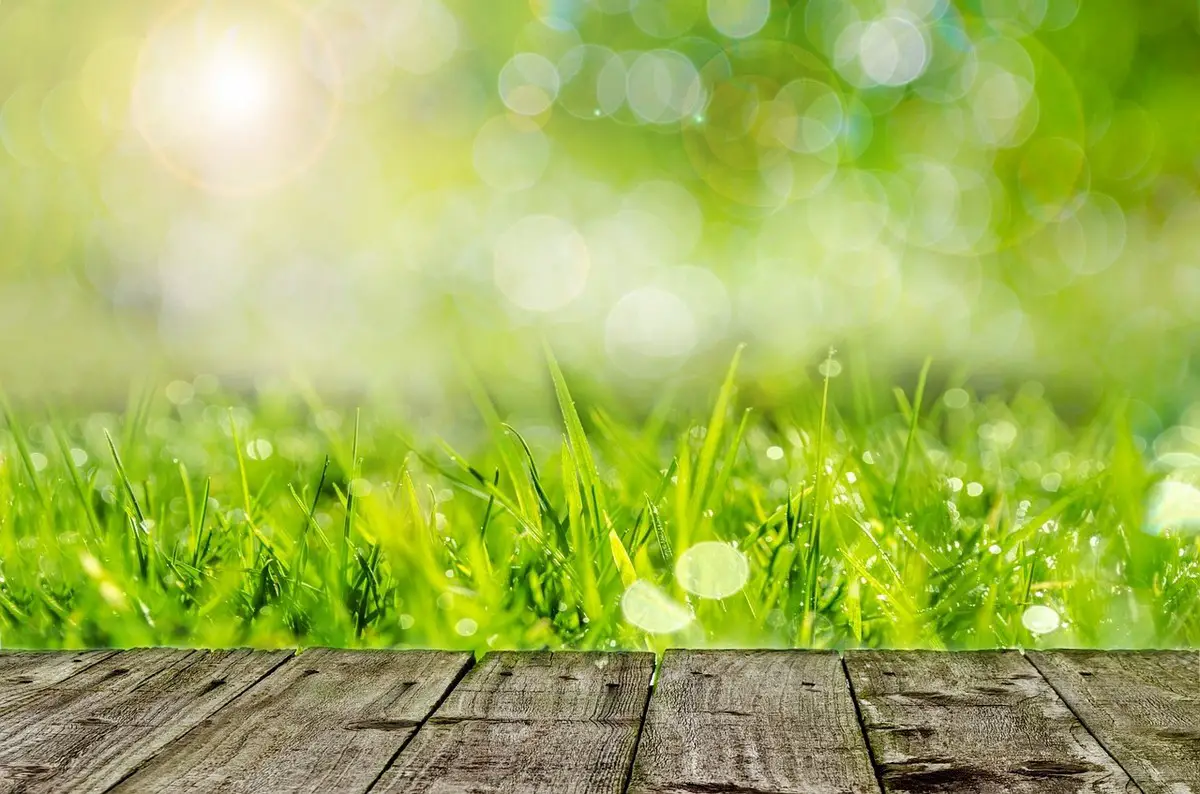Top materials for durable grass edging solutions, Sydney beautiful lawn edge tips, Property gardens boundary guide
Top Materials for Durable Grass Edging Solutions
post updated 10 February 2024 ; October 10, 2023
Don’t you just love a well-manicured lawn? It’s not just about the green grass though, it’s the edging that really makes it stand out. If you’re looking for ways to make your lawn pop, you’re in the right place. We’ve got the lowdown on the top materials for durable garden edging solutions. So, let’s dive in and explore what’ll work best for your lawn. You’ll be surprised at the difference the right edging can make!
Understanding the Basics of Grass Edging
Let’s start by understanding what grass edging is and why it’s essential for your lawn. Grass edging refers to the process of defining boundaries on your lawn to separate different areas distinctly. It can be between your lawn and walkways, driveway, garden beds, or even your neighbor’s lawn.
This practice is crucial for a well-maintained yard as it prevents the grass from spreading into undesired areas, thus maintaining the aesthetic look of your yard. It also makes lawn maintenance easier by creating a root barrier, preventing unwanted grass and weed from growing into your flower beds or pathways. Durable materials for grass edging solutions include metal, plastic, stone, and wood. These materials offer different advantages and can enhance the overall look of your yard.
Exploring the Different Grass Edging Materials
You’re about to delve into the various options available for defining your lawn’s boundaries. When it comes to grass edging materials, the choices are abundant. Metal, particularly steel or aluminium, is often chosen for its durability and sleek aesthetic. Plastic, while less durable, offers flexibility and a lower cost. Natural stone exudes a classic, timeless charm, and brick provides a traditional look. Wood, though susceptible to rot, is favored for its rustic appeal. Recycled materials like glass bottles or old tires can be unique and eco-friendly options. Each material has its own set of advantages and disadvantages to consider, such as cost, durability, ease of installation, and aesthetic appeal. It’s crucial to choose the one that suits your needs, tastes, and budget.
The Benefits of Durable Grass Edging Materials
When it comes to longevity and resilience, steel or aluminum borders for your lawn can’t be beaten. These durable materials withstand harsh weather conditions and resist corrosion, ensuring that your lawn remains neat and tidy, requiring minimal maintenance.
Moreover, steel and aluminum borders are flexible, allowing for various design options to complement your home’s aesthetic. They also offer a clean, modern look that enhances your property’s curb appeal. Less prone to damage, these materials provide a cost-effective solution in the long run.
Comparing Cost and Lifespan of Grass Edging Materials
It’s essential to consider both price and longevity when choosing between different lawn border options. The cost of materials can vary significantly, from affordable plastic edging to more expensive metal or stone options. However, it’s important not to overlook the lifespan of the material. While plastic might be cheap in the short term, it might not last as long as metal or stone. Therefore, investing in a more durable material could save you money in the long run. For example, concrete is a cost-effective option that offers excellent durability. On the other hand, steel is more expensive but provides superior strength and longevity. By carefully comparing the cost and lifespan, you can select the most suitable grass edging material for your needs.
Tips for Choosing and Installing Your Grass Edging
Let’s dive into some handy tips for selecting and setting up your lawn border. First, consider the material’s lifespan. Long-lasting options like metal or stone may have a higher upfront cost but can save you money in the long run. Second, think about maintenance. If you prefer a low-care border, avoid materials that may need frequent replacement or repairs.
When setting up your border, preparation is key. Clear the area of debris and level the ground to ensure a smooth installation process. For a professional finish, use a garden hose or rope to mark the border shape before installing your chosen edging. Lastly, always follow the manufacturer’s instructions for installation. Proper setup ensures durability, so your grass edging keeps your lawn looking neat for years to come.
Frequently Asked Questions
What Are Some Eco-Friendly Grass Edging Materials?
Eco-friendly grass edging materials include recycled plastic, natural stone, and wood. These materials are sustainable, durable, and blend well with the natural landscape, making them ideal for environmentally-conscious lawn maintenance.
How Often Should I Replace or Maintain My Grass Edging?
The frequency of replacing or maintaining grass edging depends largely on the material used. As a general rule, however, it should be checked at least once a season for any signs of wear or damage.
Are There Any Potential Hazards to Pets or Children With Certain Grass Edging Materials?
Yes, certain grass edging materials can pose hazards. Sharp metal or plastic edges may cause injury. Also, chemically treated wood can be harmful if ingested. Always ensure materials are safe for pets and children.
Can Grass Edging Materials Affect the Growth or Health of My Grass?
Yes, grass edging materials can impact your grass’s health and growth. Some materials may leech harmful substances into the soil or physically damage the grass if not properly installed and maintained.
Does the Type of Soil Impact the Effectiveness or Durability of Certain Grass Edging Materials?
Yes, the type of soil can impact the durability of grass edging materials. Sandy soils may require sturdier materials like metal or stone, while clay soils could be compatible with plastic or wooden edgings.
Materials for durable grass edging solutions Conclusion
In conclusion, it’s crucial to pick sturdy materials for grass edging to ensure longevity and aesthetics. Whether you choose metal, plastic, or wood, consider both cost and lifespan. Don’t skimp on quality to save money upfront, as it may lead to more frequent replacements. Lastly, properly installing your edging will help it withstand the test of time. A well-edged lawn not only looks fantastic but also reduces maintenance efforts.
Another lawn edging post on e-architect that might be of interest:
What is difference between edging and trenching
Comments on this Top Materials for Durable Grass Edging Solutions article are welcome.
Landscape Architecture
Landscape Architecture : news + key projects
Landscape Architects : Key Designers
Building Articles
Building Articles – Selection

image courtesy of article provider
Comments / photos for the Top Materials for Durable Grass Edging Solutions page welcome





